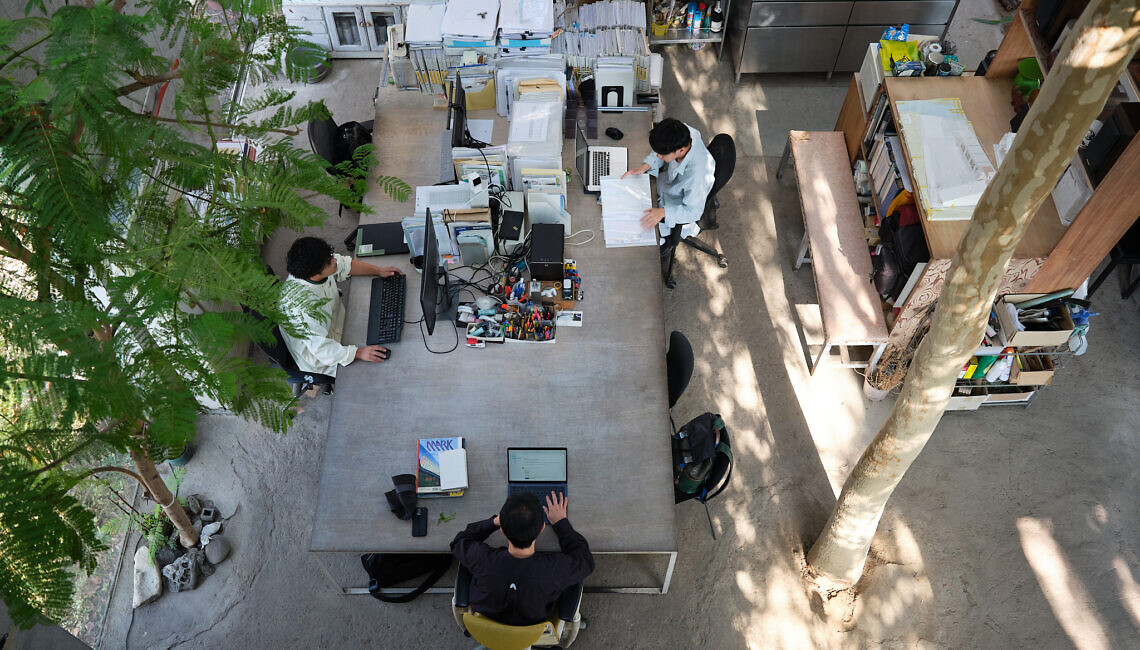
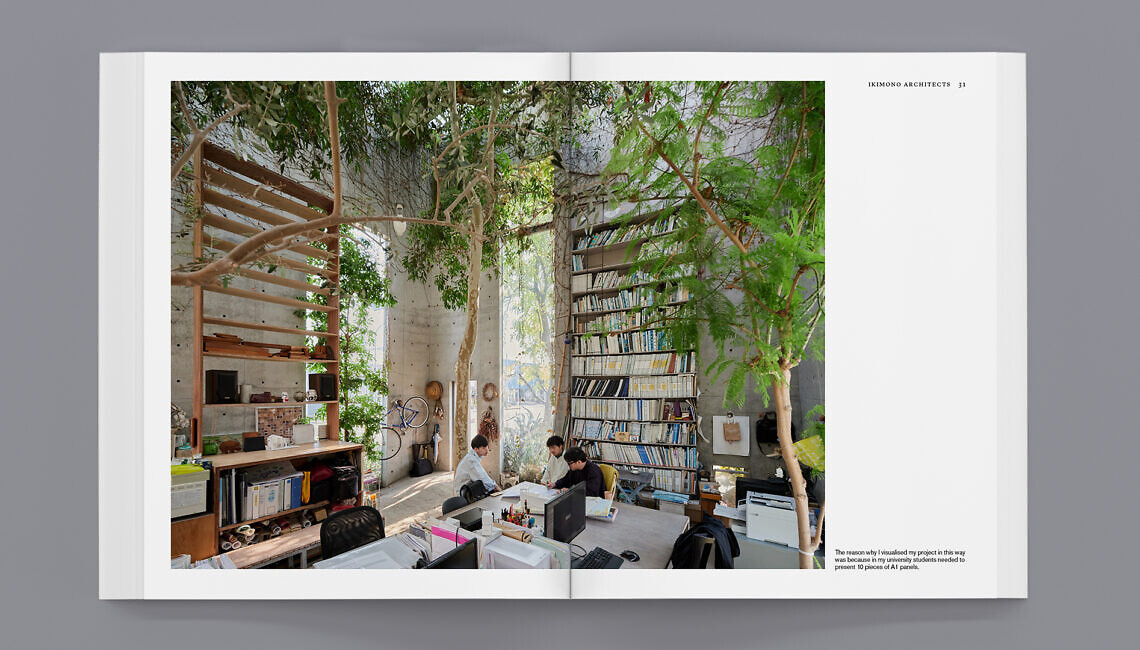
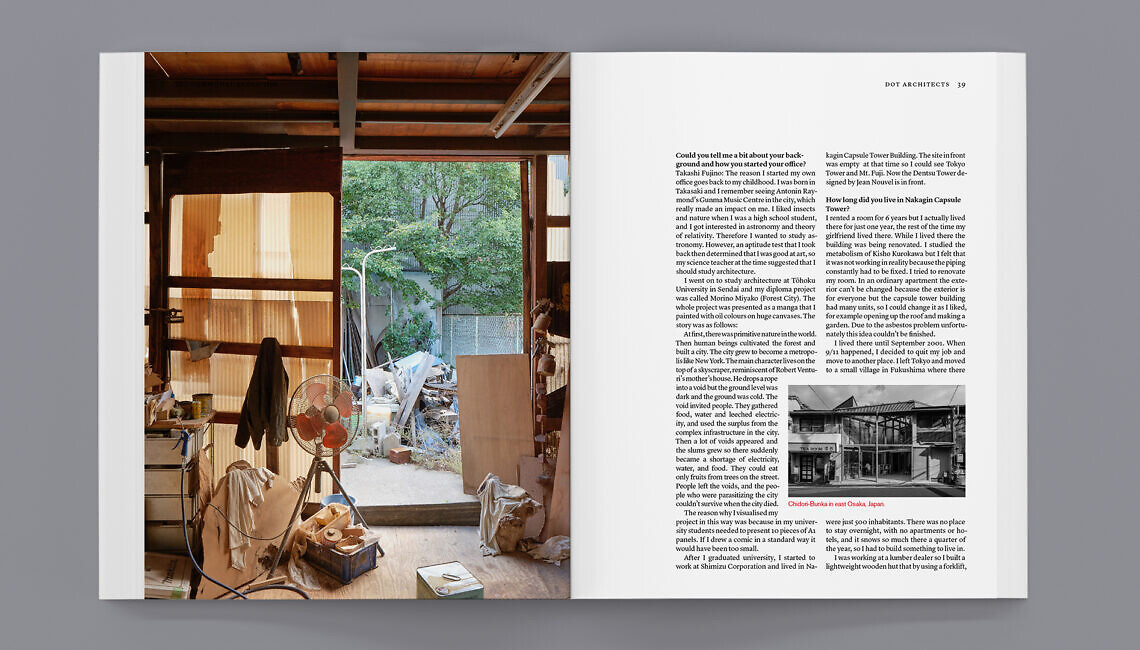
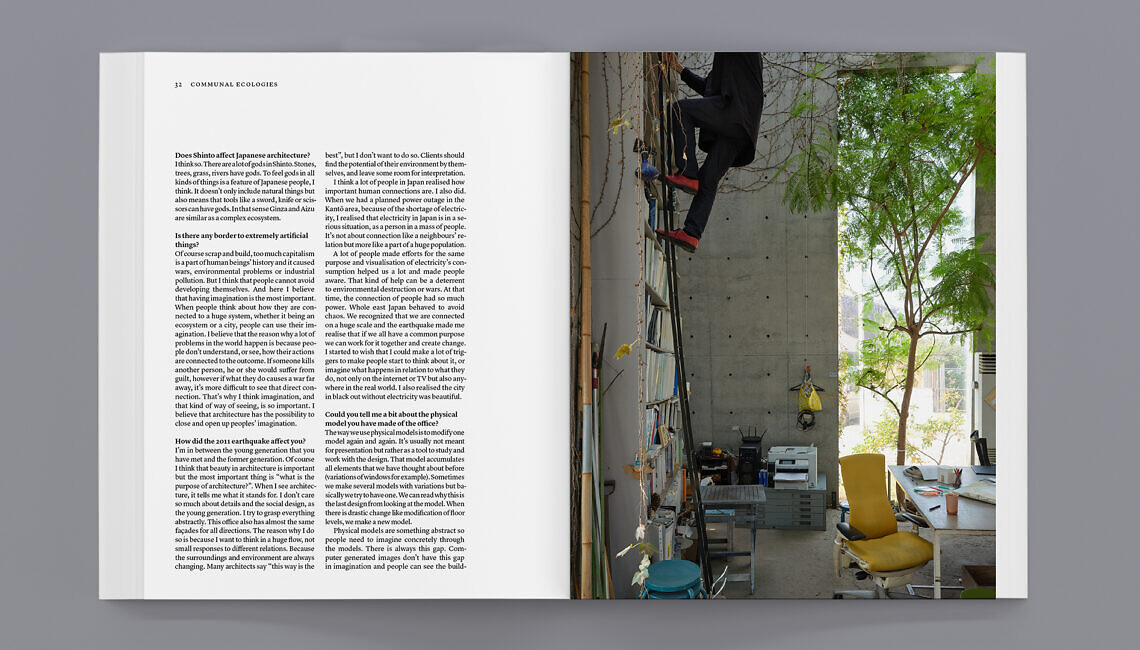
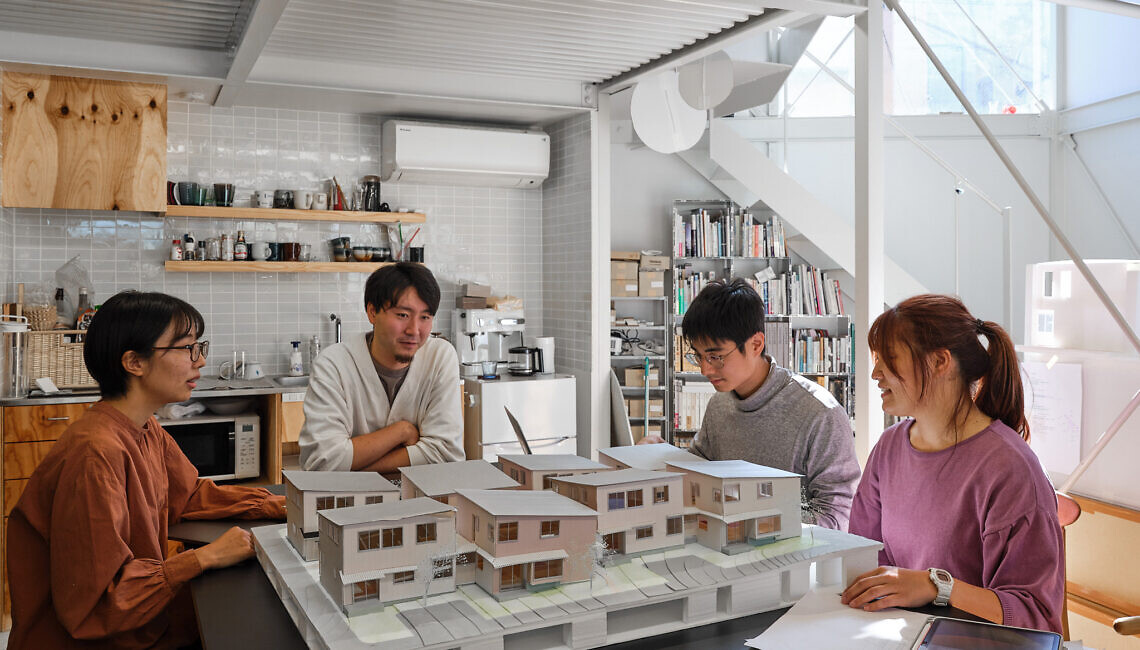
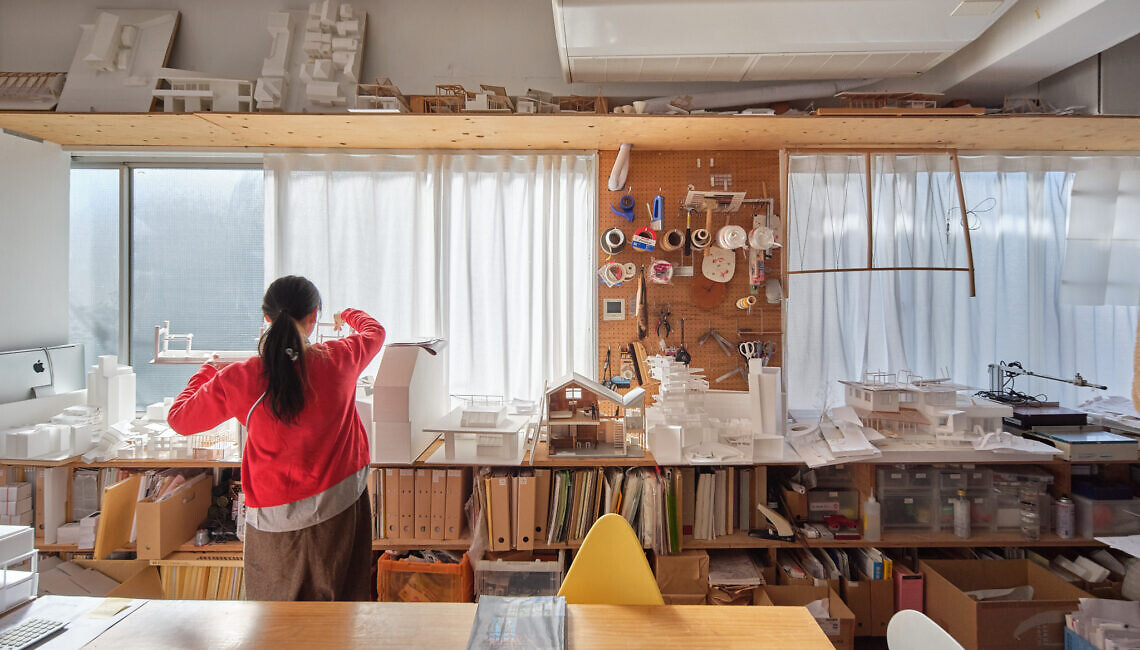
Media coverage of Japanese architecture the past twenty years has largely been dominated by the works of SANAA, Sou Fujimoto, Jun’ya Ishigami and their contemporaries. Their skillfully designed, ethereal white spaces and structures, have proved well suited to being exported in an increasingly visual culture.
Communal Ecologies, on the other hand, highlights an emerging generation of young architects pursuing a very different vision. They strive for an architecture that is rougher, more dynamic, and deeply rooted in social and ecological engagement. With a growing interest in community and network building, and a reevaluation of architecture’s connection to nature, they are developing critical methodologies for practice, and are reimagining the role of the architect in the process. Faced with a lack of opportunities in traditional housing design due to Japan’s economic decline, alongside a heightened awareness of ecological challenges brought on by frequent natural disasters, this generation of architects are crafting innovative strategies to engage with the existing housing stock and address challenges related to sustainability, reuse and transformation.
Communal Ecologies comprises a collection of interviews that introduce prominent figures from this generation, accompanied by documentation by architectural photographer Marc Goodwin as well as essays by emerging Japanese scholars. This book presents a fresh and nuanced understanding of the Japanese architecture scene, while also hinting at the potential in questioning the traditional role of the architect.